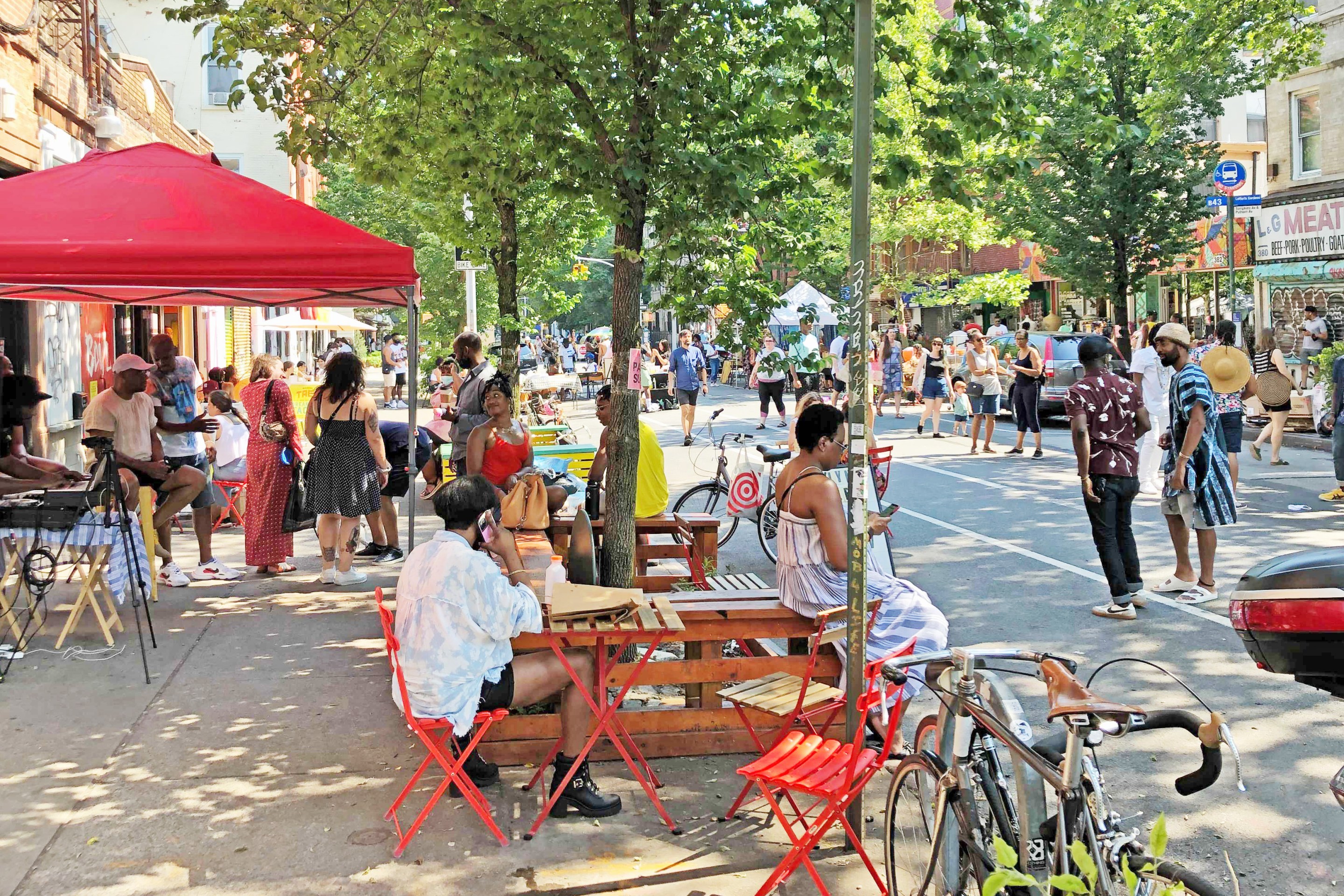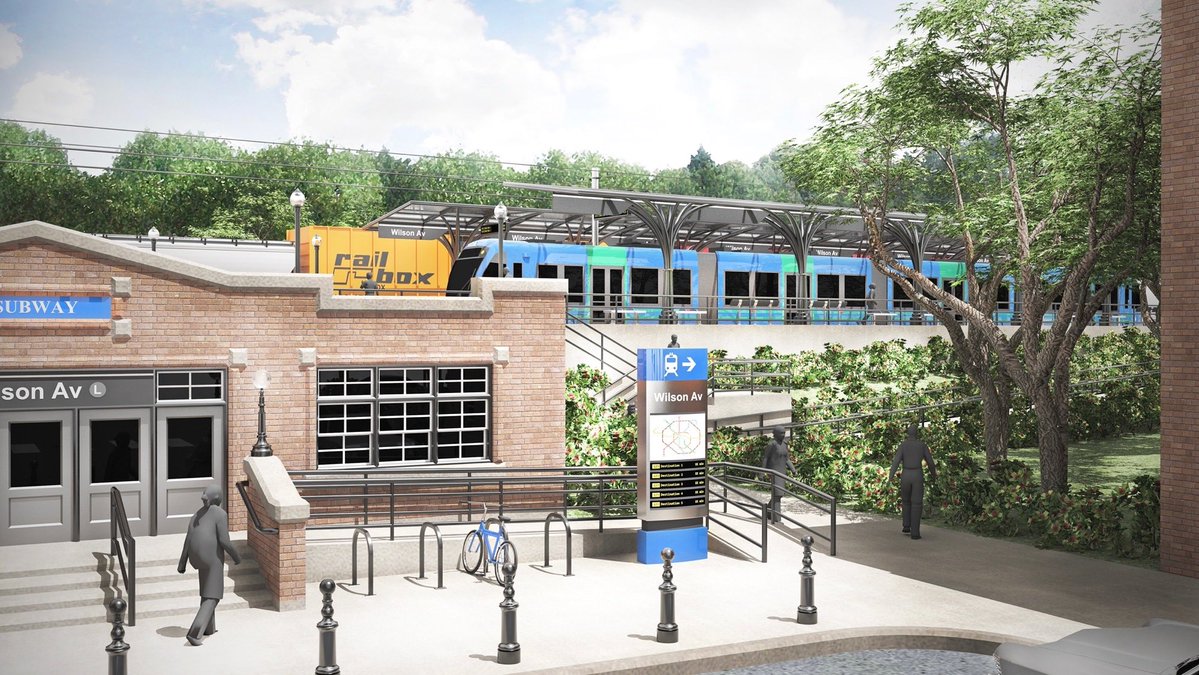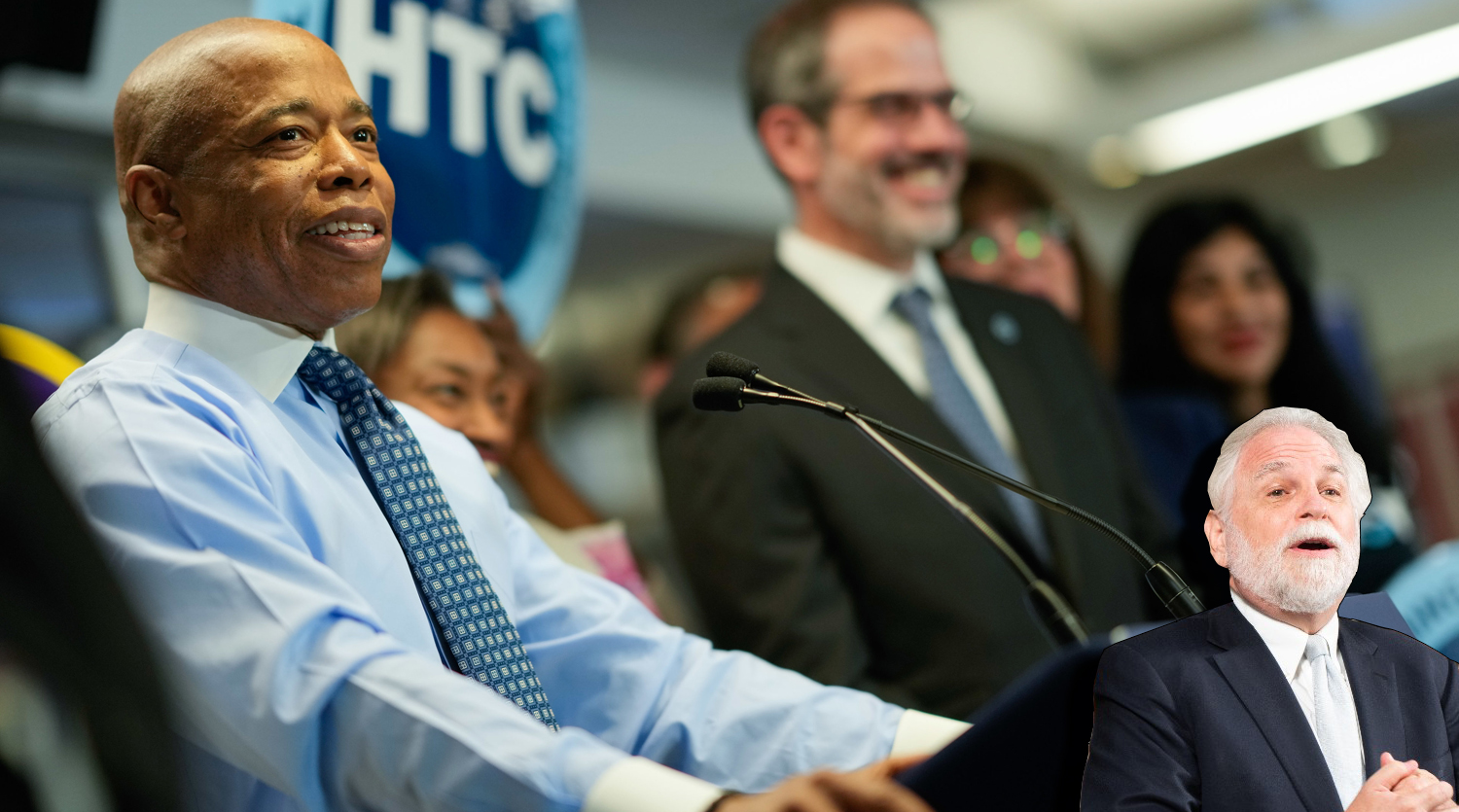Last night's get-together on traffic safety put on by Brooklyn CB 2 had some pleasantly unexpected highs and predictably low lows. Bill Harris, a longtime CB rep, told the crowd that he loves the city's new bike and pedestrian infrastructure, which he said is "humanizing the city." Shortly thereafter, CB member Nancy Wolf called for licensing all cyclists.
But the main event was really the chance to talk traffic safety with Deputy Inspector Anthony Tasso of the 88th Precinct and Captain Mark DiPaolo of the 84th Precinct. The audience of CB members and about 20 or guests got to hear directly from these two commanding officers how they go about protecting the public on some of the most dangerous streets in the city, where streams of motorists feed into the free Brooklyn and Manhattan Bridges.
As Tasso and DiPaolo courteously fielded questions for the better part of two hours, they conveyed the sense that traffic enforcement, to them, is as much about placating irritated residents as providing measurably safer conditions for pedestrians, cyclists, and motorists.
"We issue summonses based on two reasons," said Tasso. "Number one, community complaints -- as we get this feedback, we direct specific resources to address these complaints." (So that's why you should really make a habit of speaking up at your local precinct community council.)
The other reason Tasso gave is more in line with the NYPD's reputation for statistical rigor. Describing NYPD's TrafficStat program, Tasso explained that, at weekly meetings held at 1 Police Plaza, commanding officers are held to account for traffic injuries in their precinct, charged with analyzing why those injuries occurred, and taking steps to improve safety in the future.
Some of the solutions they proposed at last night's meeting, however, only make sense from behind a windshield. When asked why traffic agents at the intersection of Tillary and Adams routinely wave drivers exiting the Brooklyn Bridge through red lights and into the path of pedestrians, DiPaolo suggested that extending the left-turn phase would solve the problem. (Which sounds like the traffic enforcement equivalent of the City Council's five minute "grace period" for parking violators.)
At another point, Tasso explained, "We try to enforce seatbelt violations, because that's what kills people."
Neither Tasso nor DiPaolo even hinted at the notion that the speed and force wielded by motorists demand extreme care on crowded city streets. On more than one occasion, DiPaolo equated the risk cyclists pose to
pedestrians with the risk cars pose to cyclists. He never mentioned the
fact that motor vehicle traffic kills more than 175 pedestrians and cyclists each year in New York
City, or that more comprehensive enforcement could save lives.
Tasso said the police do analyze why pedestrian and bike crashes happen but that "oftentimes, it's not enforcement, it's engineering" to blame. In the end, that was probably the most frustrating aspect of last night's talk. Yes, most city streets still have a long way to go before they're engineered safely for walking and biking, but that's in the process of changing. What is the NYPD doing to keep up?
You never got the sense last night, like you do when Ray Kelly talks about violent crime, that the officers just aren't satisfied with the state of street safety in their precincts. Instead, when asked what they can do to prevent dangerous driving, they cited their limited resources and need to deploy officers to a wide variety of tasks.
Fair enough -- NYPD manpower has really taken a hit in recent years. But when I asked what they would need to really get dangerous and rampant violations under control, DiPaolo gave the NYPD's standard non-answer. "I don't want you to think we ignore traffic, because we don't," he said. "We wrote over 10,000 summonses for hazardous violations last year." The number "10,000" might sound big, but compared to the total volume of speeding violations, it's a drop in the bucket. And it says nothing about whether streets are safer because of those tickets.
The question was a pretty fat pitch. DiPaolo could easily have knocked it out of the park by admitting that speeding and red light running put people in danger, and that tools like automated enforcement cams can help police protect people more effectively. He didn't make contact.






